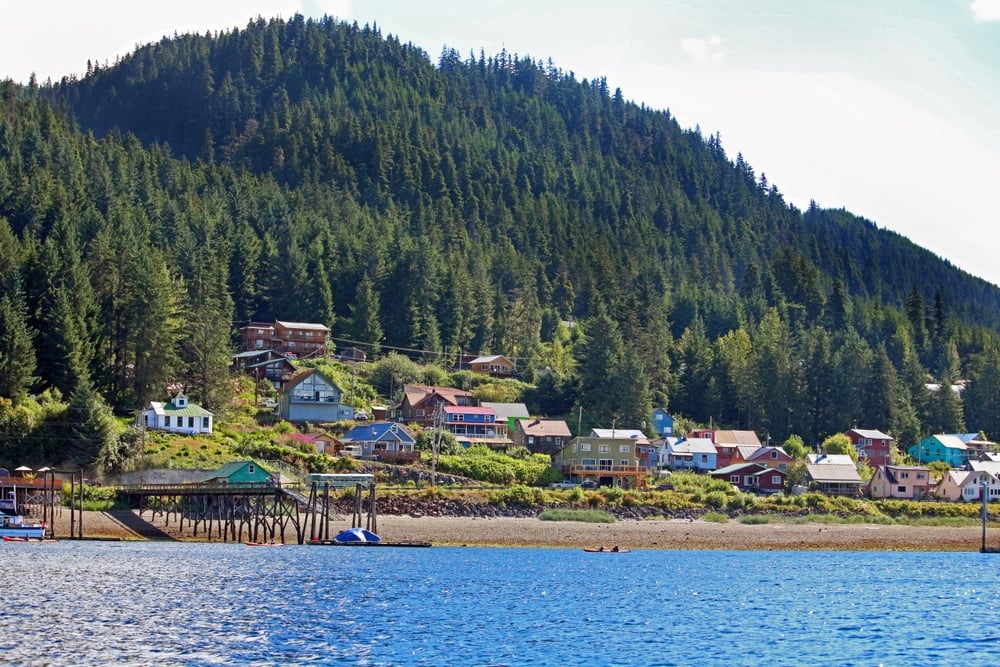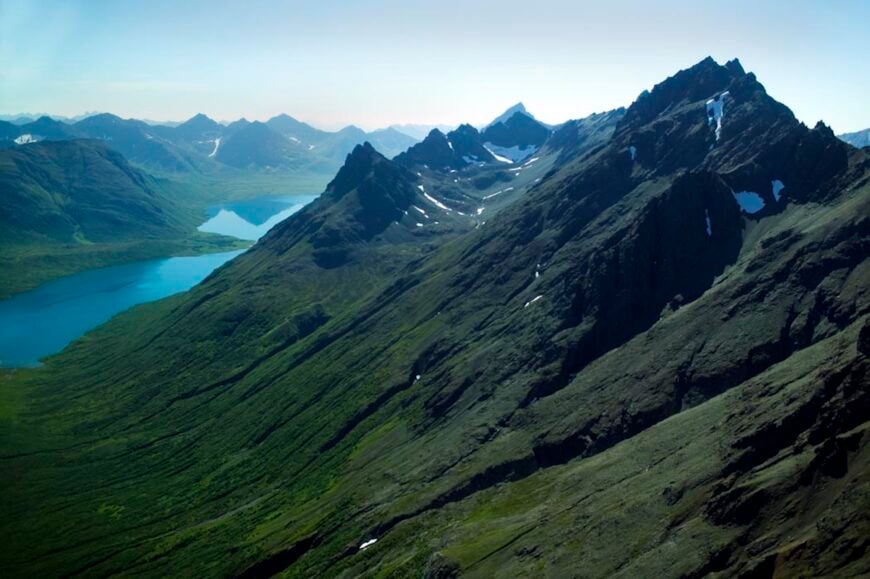
When I think of truly escaping into the wilderness, Southwest Alaska comes to mind with its remote villages and untouched landscapes. This region is dotted with secluded towns where life moves at a different pace, and the natural beauty is awe-inspiring.
From coastal treasure troves to quiet villages nestled by rivers and mountains, these communities offer a unique retreat far from the hustle and bustle of city life. If you’re like me and crave solitude mixed with cultural richness and breathtaking scenery, exploring these hidden gems in Alaska might just be the perfect adventure.
Let’s journey through ten of the most secluded towns in Southwest Alaska, each offering its own charm and tranquility.
10. Goodnews Bay: Seclusion by the Mountains
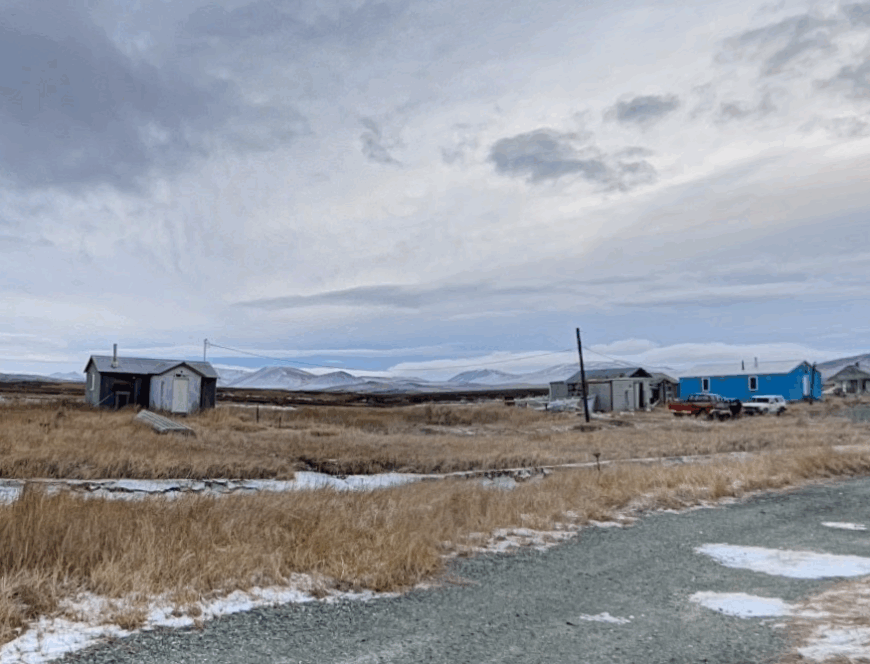
Goodnews Bay is a small village with a population of around 250 people, offering a peaceful retreat nestled between the Kuskokwim Mountains and the Bering Sea coast.
I love how this hidden gem provides opportunities for fishing, particularly for salmon and herring, and it’s a joy to partake in or watch the traditional subsistence activities of the locals.
The main industries here are commercial fishing and limited mining, with platinum deposits historically playing a significant role. What makes Goodnews Bay so secluded is its remote location, far from Alaska’s urban centers, and its reliance on boats and small planes for access.
The village is surrounded by breathtaking natural beauty, including the pristine waters of the Goodnews River teeming with fish, which draws in the occasional adventurous angler. The quiet atmosphere and the stunning backdrop of mountains make it an ideal spot for those seeking solace in nature’s embrace.
Where is Goodnews Bay?
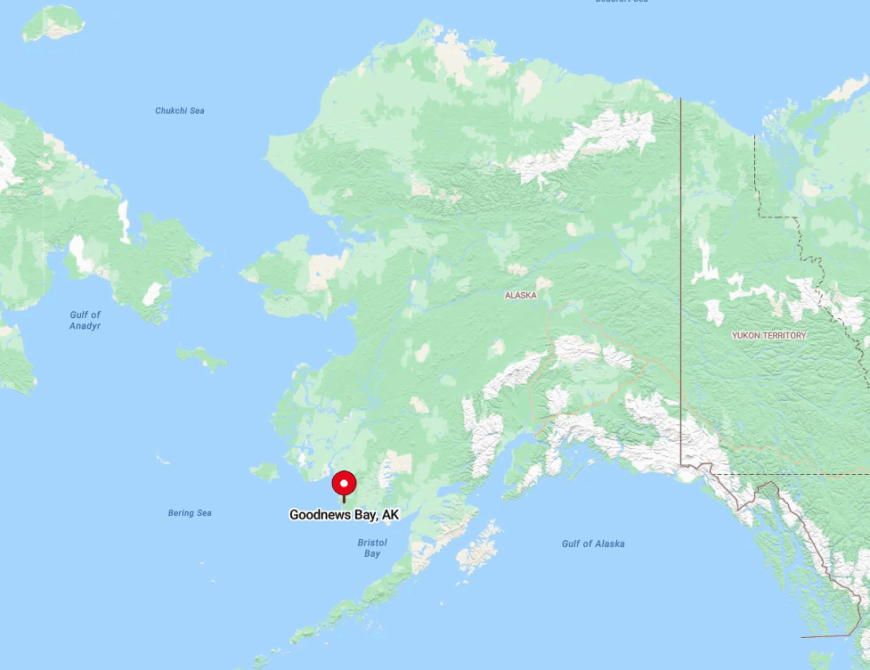
Goodnews Bay is located on the coast of Southwest Alaska, at the mouth of the Goodnews River where it meets the Bering Sea. Its seclusion is amplified by its distance from major cities and the inaccessibility via roadways, emphasizing its isolation.
To get there, I took a small plane from Bethel, which itself is only accessible by air from Anchorage. The surrounding rugged terrain and vast stretches of wilderness contribute to the sense of solitude that defines Goodnews Bay, making it feel like a world away from the hustle and bustle of modern life.
9. Platinum: The Coastal Treasure Trove
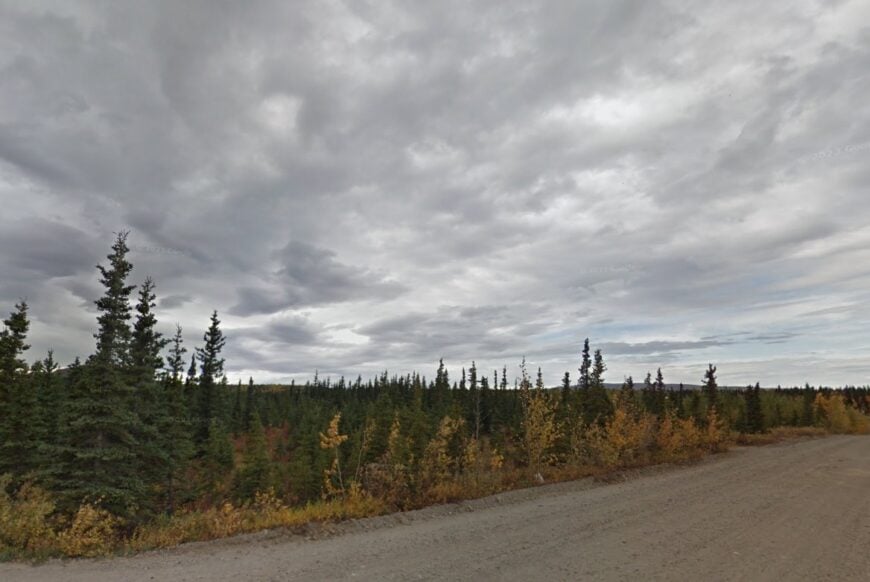
With a population of just about 50 residents, Platinum is a tiny coastal town that once thrived as a bustling mining hub due to its rich platinum deposits. I find it fascinating how remnants of its mining past can still be explored, providing a unique glimpse into Alaskan history.
The main industries today are limited but include small-scale commercial fishing and subsistence activities. Platinum’s seclusion comes from its remote location along the Bering Sea and the decline of mining activity, leaving behind a quiet seaside village.
The expansive beaches offer tranquil spots for beachcombing and enjoying the untouched natural surroundings. For those interested in history and solitude, this town provides a serene environment away from crowded tourist paths.
Where is Platinum?
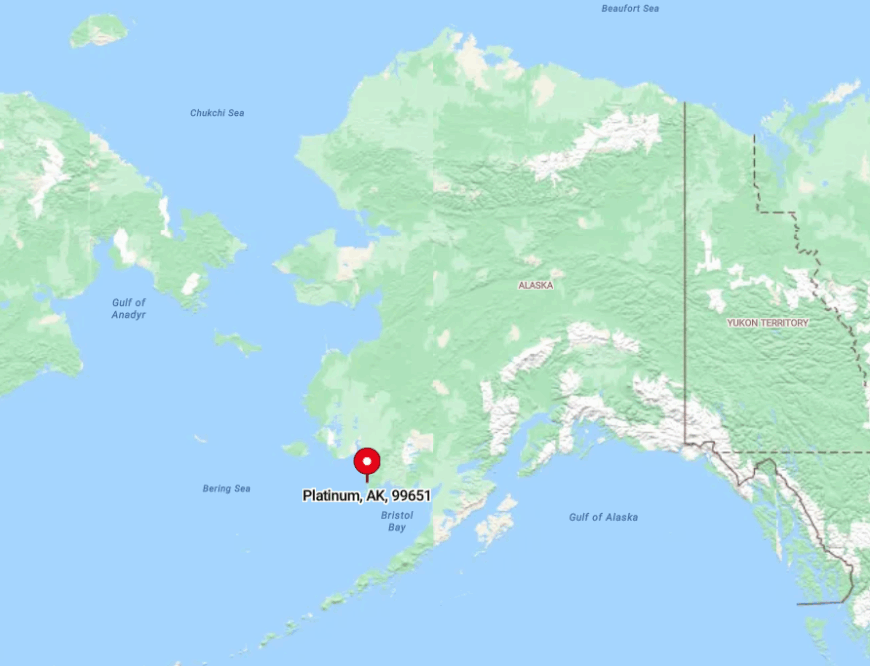
Platinum is situated on the western coast of Alaska, on the south shore of Goodnews Bay, facing the Bering Sea. Its isolation is heightened by the lack of road access and its considerable distance from urban centers, making it reachable only by boat or small aircraft.
I traveled there via a small plane from Bethel, highlighting the remote nature of these communities. The surrounding coastal areas and the vast expanse of the sea contribute to Platinum’s secluded atmosphere, offering an escape into a peaceful and historic seaside setting.
8. Nightmute: Quiet Days Under the Midnight Sun

Nightmute is a tranquil village with approximately 280 residents, where life moves at a gentle pace amidst the expansive Alaskan tundra. I was captivated by the endless horizons and the minimal disturbances that make it perfect for solitude seekers.
The community engages in traditional subsistence activities, with fishing and hunting being integral parts of daily life. Nightmute’s seclusion stems from its remote location in the Yukon-Kuskokwim Delta and limited accessibility.
The simplicity of life here, along with the natural beauty of the surrounding landscapes, offers a haven for those looking to disconnect from the outside world. Hidden gems like the stunning views under the midnight sun during summer months provide unforgettable experiences.
Where is Nightmute?

Nestled in Southwest Alaska, Nightmute is located on Nelson Island within the Yukon-Kuskokwim Delta region. Its isolated position is underscored by the absence of road connections to other towns, relying instead on boats, snowmobiles, and small planes for transportation.
I reached Nightmute by flying from Bethel, which accentuated the remote feeling as we soared over vast stretches of tundra. The encircling wetlands and sparse population contribute to the profound sense of seclusion, making Nightmute a quiet retreat far removed from urban life.
7. Chefornak: The Village Among the Tundra Lakes
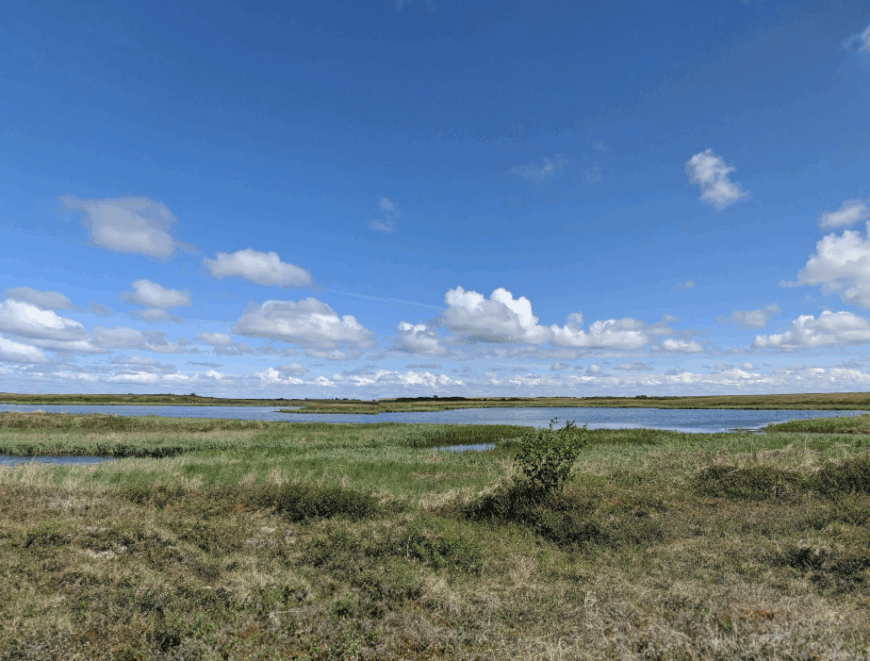
Chefornak is home to around 430 people and is uniquely situated amidst a network of tundra lakes, giving it a serene and picturesque environment. I appreciate how the village maintains its traditional Yup’ik culture, and the local dance performances are a hidden gem that most visitors might not know about.
The main industries are subsistence hunting and fishing, reflecting a lifestyle closely tied to the land and waters. Chefornak’s seclusion is due to its remote location on the Kinia River and the lack of road access, preserving its peaceful ambiance.
Walking along the riverbanks and watching the migratory birds is a tranquil experience that embodies the village’s quiet charm.
Where is Chefornak?

Located in the coastal region of Southwest Alaska, Chefornak sits on the south bank of the Kinia River, near the Bering Sea. The village’s isolation is accentuated by the surrounding wetlands and the absence of connecting roadways.
I got there by taking a small plane from Bethel, which is the primary means of transport for residents and visitors alike. The expansive tundra and proximity to the river contribute to its secluded feel, offering a peaceful escape into nature away from crowded areas.
6. Tuntutuliak: Life on the Peaceful Tuntutuliak River
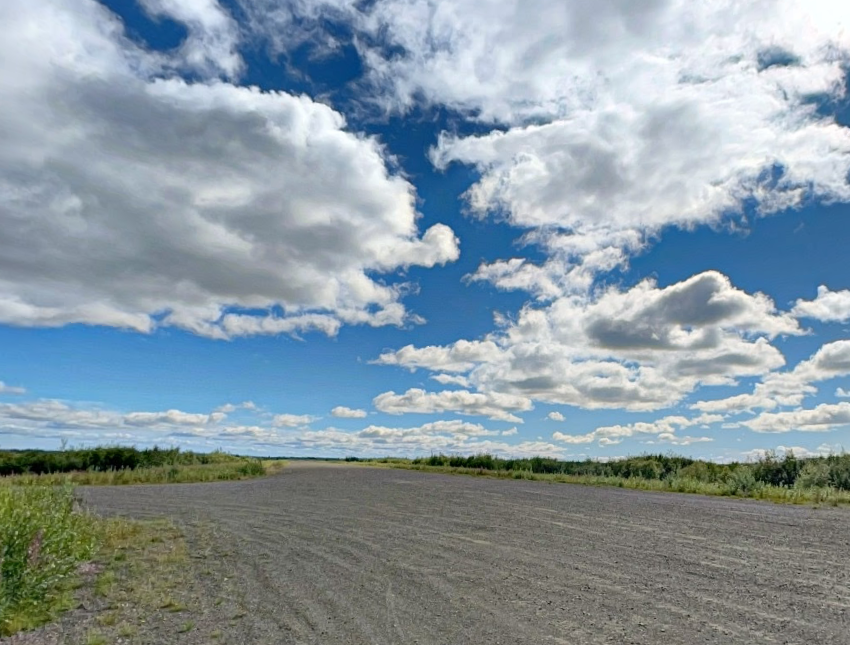
Tuntutuliak is a small village of about 420 residents, where the Tuntutuliak River provides a backdrop for daily life and subsistence activities. I enjoyed the tranquility of this place, with fishing and berry picking being popular among locals and visitors.
The main industry is subsistence living, and the community is known for its skilled craftsmanship in traditional Yup’ik arts. The seclusion of Tuntutuliak comes from its remote setting in the Yukon-Kuskokwim Delta and the fact that it’s accessible only by boat or plane.
Where is Tuntutuliak?
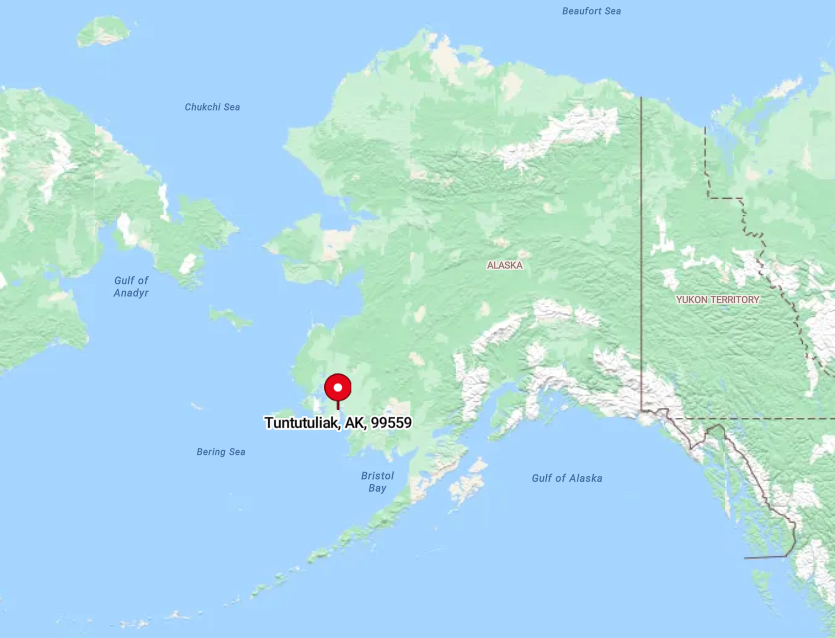
Tuntutuliak is situated along the Qinaq River, a tributary of the Kuskokwim River in Southwest Alaska. Its remote location is underscored by vast wetlands and tundra landscapes that surround the village.
I reached it by flying from Bethel, the regional hub, which is a common route for accessing many of these secluded communities. The journey over the delta’s intricate waterways and open expanses highlighted the isolation and natural beauty that define Tuntutuliak.
5. Quinhagak: Serenity by the Kuskokwim Bay

Quinhagak, with a population of around 700, is perched on the shores of the Kuskokwim Bay, offering a peaceful blend of coastal and riverine environments. I was drawn to the area’s rich archaeological sites, including the Nunalleq dig, which reveals artifacts from ancient Yup’ik culture—a hidden gem for history enthusiasts.
The main industries are commercial fishing and subsistence activities, with salmon fishing being particularly significant. Quinhagak’s seclusion is due to its coastal location and limited access routes, keeping it off the beaten path.
Walking along the beach with views of the bay is a serene experience that encapsulates the town’s quiet allure.
Where is Quinhagak?
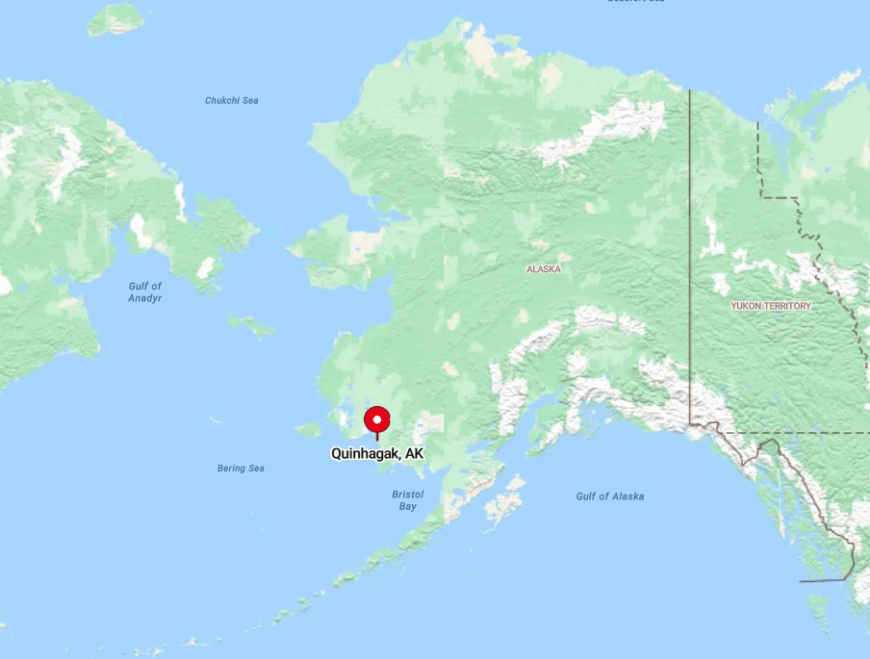
Located in Southwest Alaska, Quinhagak sits at the mouth of the Kanektok River on Kuskokwim Bay. Its isolation is marked by the absence of road connections to larger towns, reinforcing its remote character.
I traveled there via a small plane from Bethel, which is the typical mode of transportation for visitors. The surrounding coastal plains and proximity to the bay contribute to its secluded feel, offering a tranquil setting far removed from urban centers.
4. Manokotak: A Hidden Gem Amid Rolling Hills

Manokotak is a village of about 450 people nestled among gentle hills and lush tundra, providing an intimate connection with Alaska’s natural splendor. I was impressed by the community’s strong adherence to traditional Yup’ik culture, with local events often featuring dance and storytelling—a delightful surprise for visitors.
The main industries are commercial fishing and subsistence hunting and gathering, reflecting a deep bond with the environment. Manokotak’s seclusion is due to its inland location and lack of road connectivity, making it a peaceful haven away from crowded areas.
Where is Manokotak?

Situated in the Dillingham Census Area of Southwest Alaska, Manokotak lies inland from the coast, along the Igushik River. Its remote location is emphasized by the surrounding rolling hills and the absence of road access to neighboring towns.
I reached Manokotak by taking a small plane from Dillingham, enjoying scenic views of the tundra below. The isolation provided by the natural terrain enhances its quiet atmosphere, making it ideal for those seeking a secluded retreat.
3. Eek: Tranquility Along the Eek River
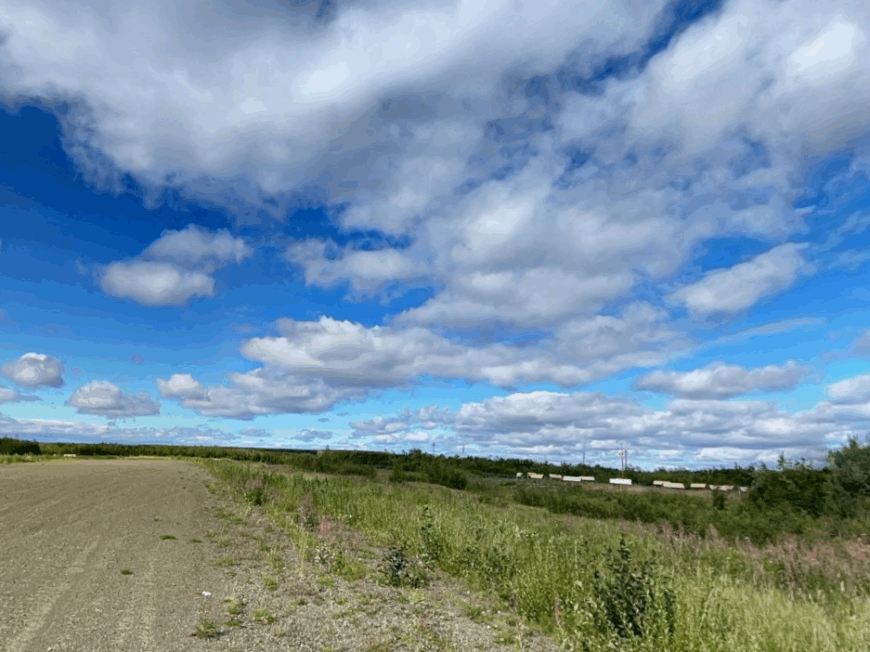
Eek is a peaceful village with approximately 350 residents, where time seems to slow down along the meandering Eek River. I enjoyed how residents live closely with nature, engaging in fishing, hunting, and berry picking.
The main industry is subsistence living, with a focus on traditional practices passed down through generations. Eek’s seclusion comes from its location within the vast Yukon-Kuskokwim Delta and minimal outside influence.
The simplicity of life here, coupled with the gentle flow of the river, creates a tranquil environment that’s hard to find elsewhere. A hidden gem is the local craftwork, especially the intricate grass baskets made by skilled artisans.
Where is Eek?
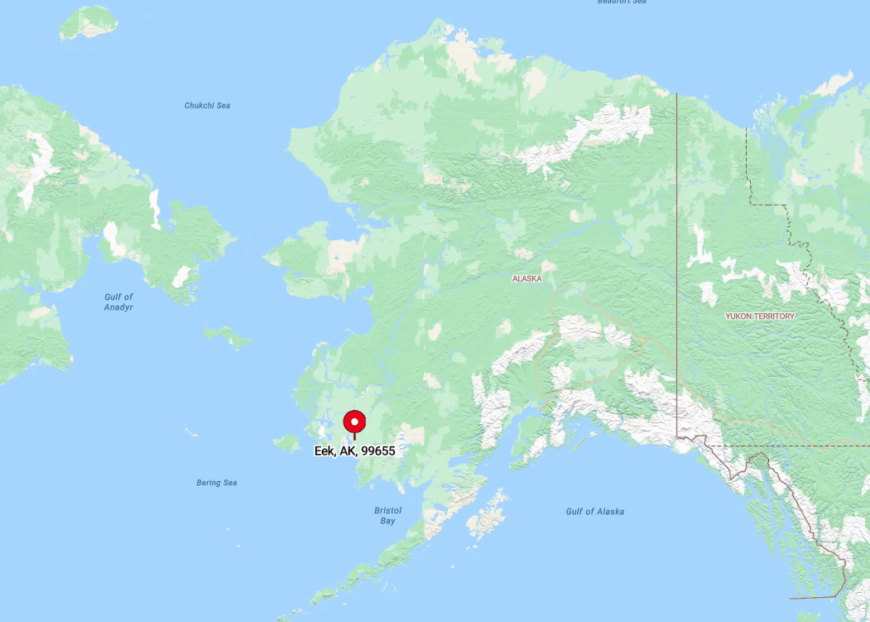
Located in Southwest Alaska, Eek sits on the south bank of the Eek River, not far from the Bering Sea coast. Its remote position is accentuated by the expansive wetlands surrounding it and the lack of road access.
I visited Eek by flying from Bethel, which is a common route for accessing many villages in the region. The journey highlighted the isolation and natural beauty that define Eek, offering stunning aerial views of the delta’s waterways.
2. Togiak: Gateway to the Togiak National Wildlife Refuge
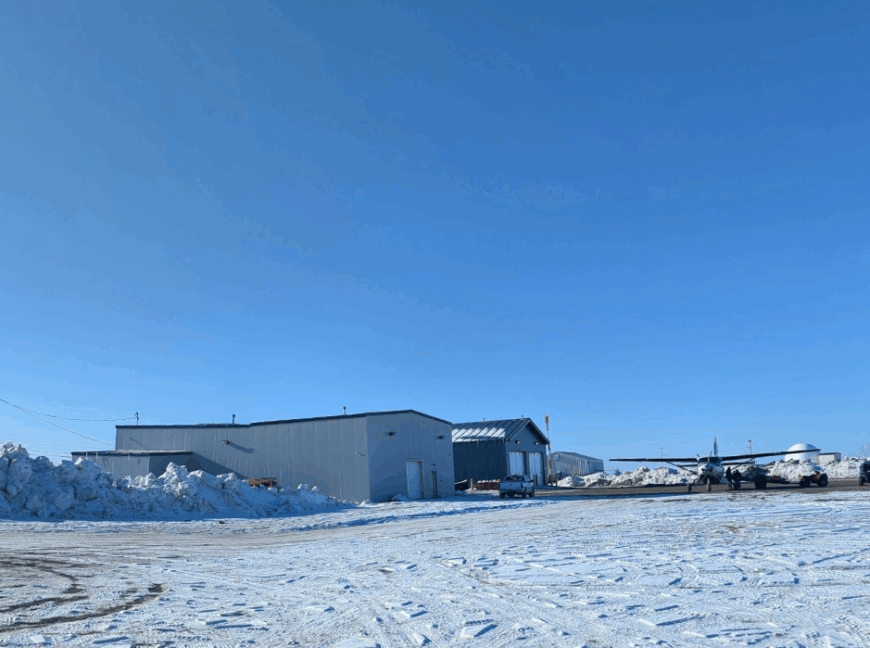
Togiak is a remote community of about 870 people, serving as a gateway to the expansive Togiak National Wildlife Refuge. I was enthralled by the abundant opportunities for wildlife viewing, fishing, and exploring unspoiled landscapes.
The main industries include commercial fishing, particularly for salmon and herring, and subsistence activities deeply rooted in local culture. Togiak’s seclusion is enhanced by its location on Togiak Bay and the surrounding protected lands, limiting development.
The town offers a unique blend of traditional Yup’ik heritage and natural splendor, making it a perfect spot for those seeking solitude amid stunning beauty. A lesser-known attraction is the opportunity to observe walrus haulouts on nearby Cape Peirce.
Where is Togiak?
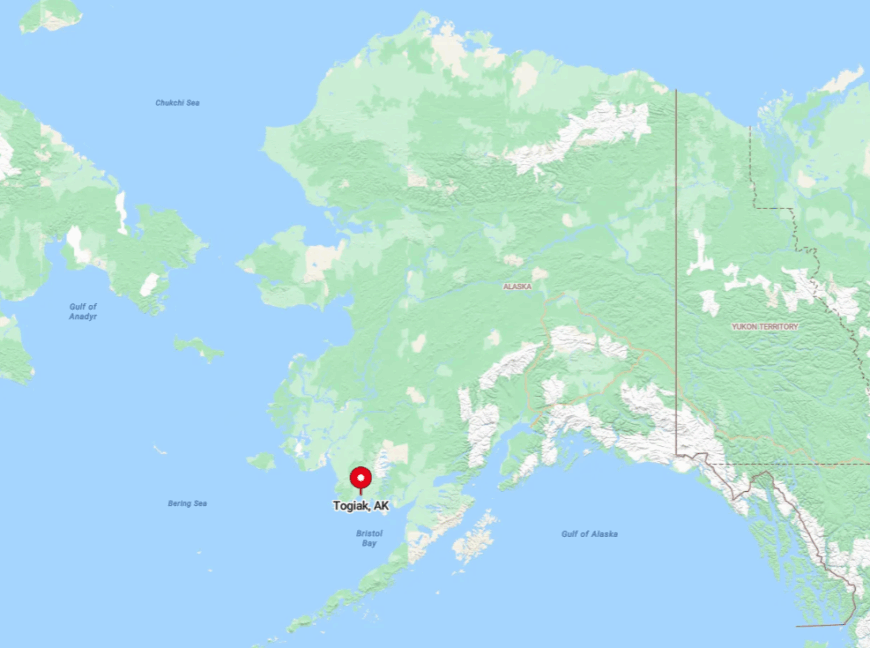
Situated on the northwest coast of Bristol Bay in Southwest Alaska, Togiak lies at the mouth of the Togiak River. Its remote location is underscored by the vast wilderness of the surrounding wildlife refuge and the absence of road connections to other communities.
I reached Togiak by plane from Dillingham, the nearest hub, which itself is only accessible by air. The journey over rugged terrain and pristine waters accentuated the town’s isolation and the breathtaking environment that envelops it.
1. Emmonak: The Quiet Village by the Yukon Delta

Emmonak, with a population of around 800, is a secluded Yup’ik community nestled at the mouth of the Yukon River. I was fascinated by how the village is surrounded by vast wetlands and untouched wilderness, offering a serene lifestyle.
Fishing is both a cultural cornerstone and the main industry here, with salmon fishing being particularly significant during the summer months. Emmonak’s seclusion is due to its remote location at the edge of the Yukon Delta and its reliance on river and air transport.
The community maintains strong traditional practices, and I found the local dance festivals to be a hidden gem showcasing rich cultural heritage. The expansive landscapes and the peaceful flow of the Yukon River make Emmonak a perfect getaway for embracing nature’s tranquility.
Where is Emmonak?
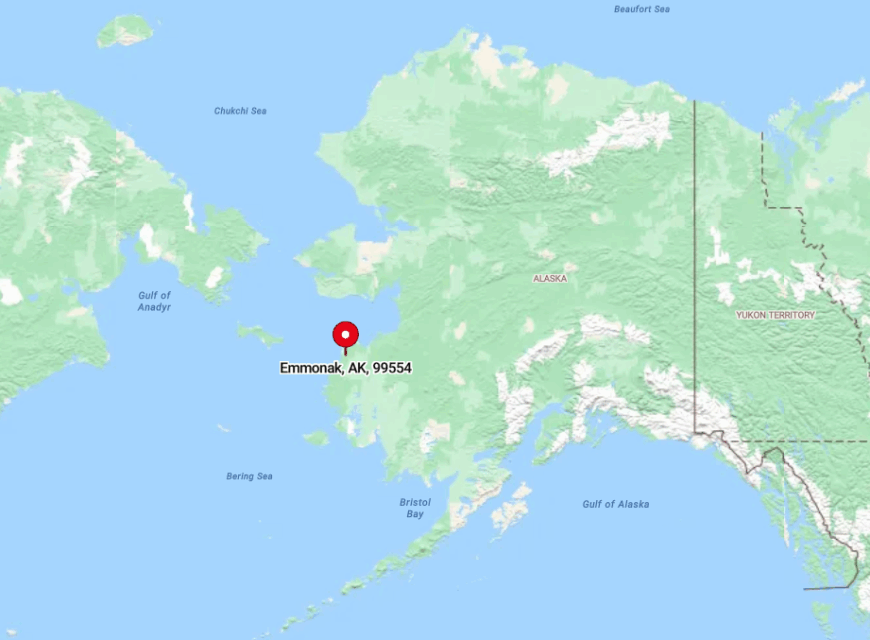
Located in the western part of Alaska, Emmonak sits near the Bering Sea coast at the Yukon River Delta. Its isolated position is reinforced by the lack of road connections and the vast delta wetlands that surround it.
I traveled to Emmonak by flying from Anchorage to Bethel and then taking a smaller plane to the village. The remoteness is palpable as you navigate the labyrinth of river channels and marshlands, highlighting the unique seclusion of this community.
The journey, though lengthy, rewards visitors with an authentic experience of rural Alaskan life in a setting of unparalleled natural beauty.

